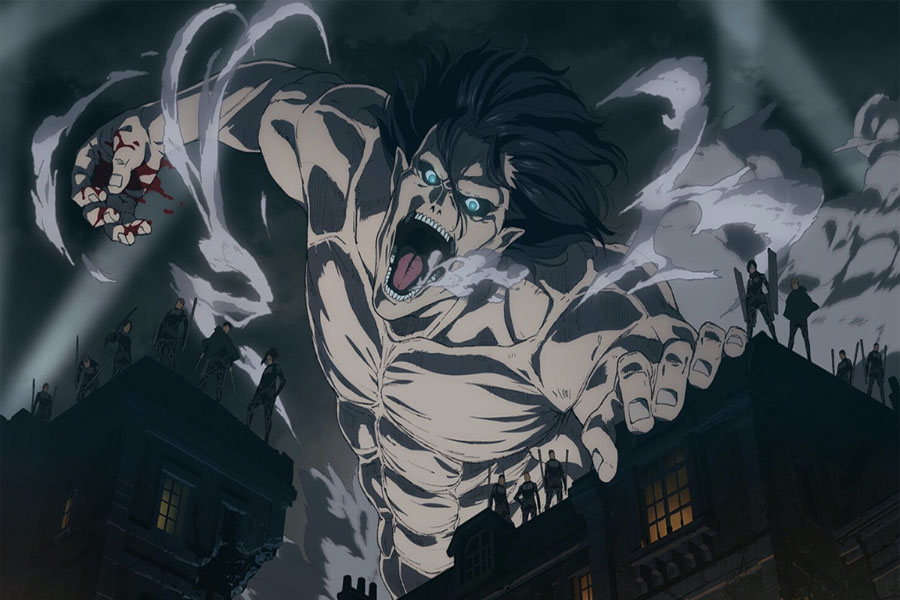Roses, and chocolate, and teddy bears, oh my! That’s right, there’s something about today, Valentine’s Day, that makes people stock up on sweets to give to their sweethearts.
As you look at the hearts and candy that are given throughout the day, though, a question may pop into your mind. Not about the sugar or the flowers themselves, but the shape that everything seems to come in for this special day of the year: the heart.
The heart is used all over the world as a symbol of the human heart, as well as a representation of love. According to laphamsquarterly.org, the heart is the most commonly recognized symbol in the world, after the cross and the crescent.
PBS.org states that the heart symbol can be traced to before the last Ice Age, when Cro-Magnon hunters used the symbol in pictograms, though it’s still a mystery as to what the symbol actually meant for them.
The ancient Egyptians were the first civilization to have a theory for the symbolism of a heart: the heart was the part of the body where the soul of its owner stayed, and therefore it was the only organ left in the body during the process of mummification.
Another theory comes from the Catholic Church. Saint Margaret Mary Alocoque had a vision of the shape in the seventeenth century. In the vision, the heart was surrounded by thorns, and this icon became known as the Sacred Heart of Jesus.
There are, however, other theories. Some people believe that the modern heart-shape came from attempts to draw the actual organ. According to PBS.org, around the 1700’s an accident left a man with a hole in his chest, allowing people to view the actual heart organ. But by this time, the heart symbol had become the center of courage, intellect, feelings, thoughts, and, of course, the bodily functions. Even though people now knew that their hearts didn’t look like cardioids (the common heart shape, not the biological one). Despite this, the geometric shape of the heart never really faded away.













